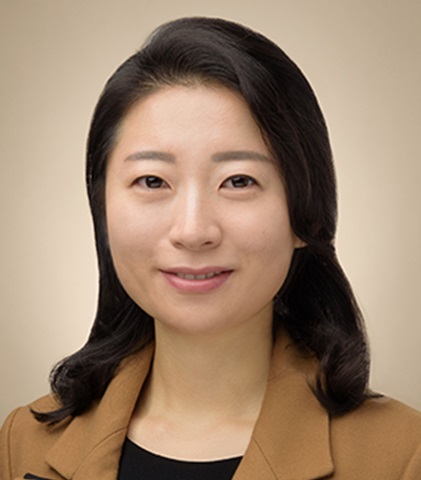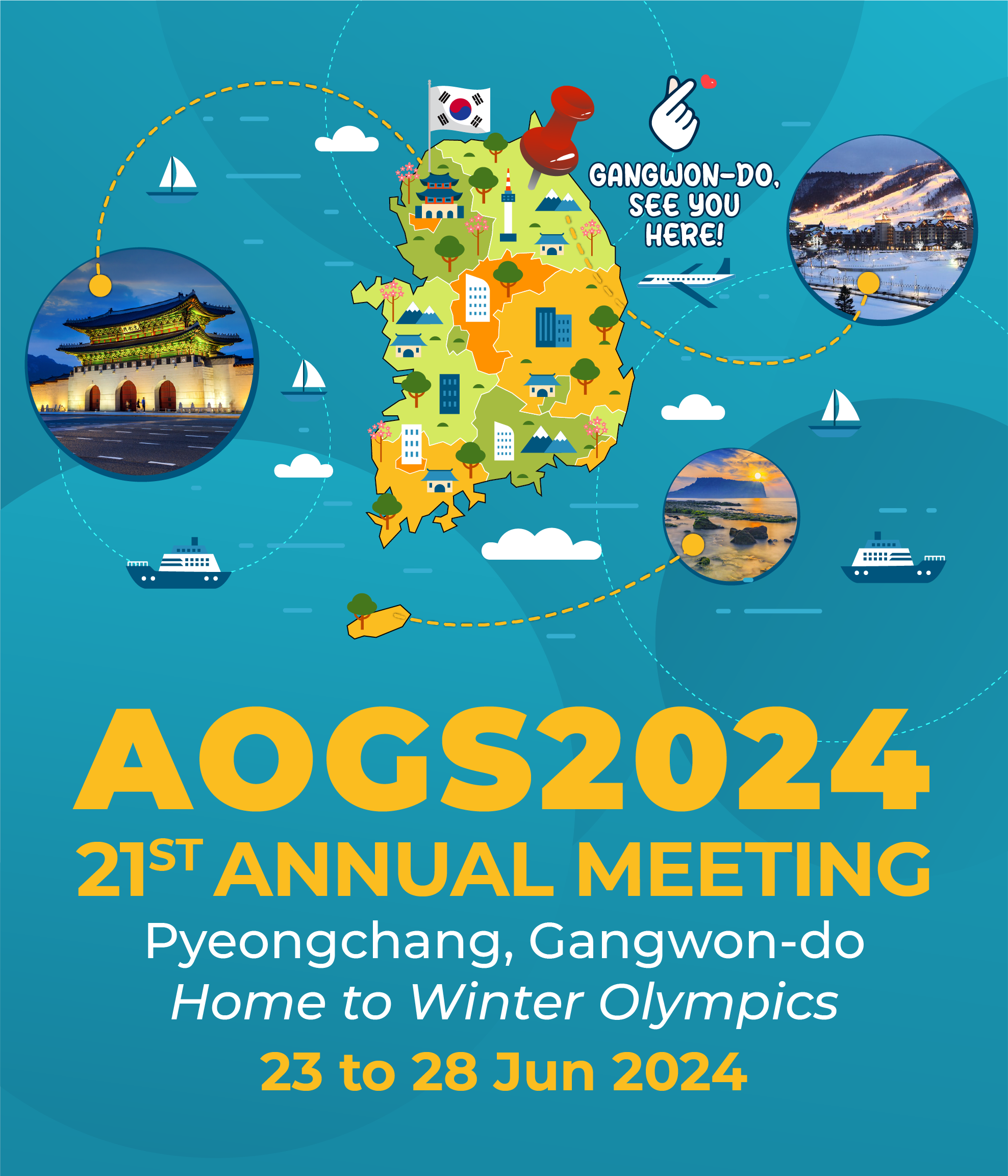
HS Kamide Lecture | 25 Jun (Tue) 11:00 AM - 12:30 PM | Pyeongchang Hall II, Alpensia Convention Center

Soohyun YANG
Assistant Professor
Department of Civil and Environmental Engineering
Seoul National University
Dr. Soohyun Yang has been an assistant professor in the Department of Civil and Environmental Engineering at Seoul National University since 2023. She received her Ph.D. from the Lyles School of Civil Engineering at Purdue University in 2019. From 2020 to 2022, she was a postdoctoral researcher at the Helmholtz Centre for Environmental Research-UFZ in Germany. Her academic pursuits primarily revolve around hydrological, geomorphological, biogeochemical, and aquatic ecological processes within multi-scale river networks. Driven by a comprehensive understanding of these processes, her research also delves into the assessment of anthropogenic impacts on both the quantity and quality of river water. Dr. Yang's research trajectory encompasses a diverse range of topics, spanning from investigations into self-similarity in river networks to the spatial organization of coupled river-human-urban water infrastructure systems. Her work extends to exploring the repercussions of human-induced wastewater pressures on rivers and employing process-based water quality modeling at the basin scale. She published several international peer-reviewed papers with the first authorship in top journals on hydrological sciences such as Water Resources Research and Water Research, and further in interdisciplinary journals on earth-environmental sciences and complex system such as Earth’s Future, Science of the Total Environment, and Fractals. Notably, two of her publications received awards from the Editors of Water Resources Research.
The Role of River Networks in the Renaissance Era of Hydrology
The Hydrology Renaissance era was officially declared in 2019 through an article in the science news magazine published by AGU (https://doi.org/10.1029/2019EO119179). The article underscores the remarkable evolution of hydrology as a transdisciplinary science over the past five decades, aligning with technological advancements and data-rich environments. It draws parallels with the cultural and intellectual revival of the historical Renaissance period in Europe during the 15th and 16th centuries. The hydrological revolution facilitates the explicit consideration of individual components distributed within a river basin, such as anthropogenic pressures. In this context, river networks emerge as a pivotal framework, allowing the definition and resolution of questions related to the quantity, quality, and movement of surface water resources at the river basin scale. River networks connect the Earth's surface, flowing from upstream mountainous areas through relatively flat landscapes until reaching their final outlet.
In this talk, we present how original theories found from river networks have elevated our comprehension of human-built environments from a novel perspective, and fostered a more parsimonious approach to process-based modeling. The talk unfolds through three thematic segments, each categorized by the foundational theory of river networks. To commence, we elucidate the utilization of the Horton-Strahler ordering scheme and classical Horton’s ratios on a river basin scale. This application serves to identify spatial organizational features of human population and water infrastructures. Additionally, it extends its reach to propose a transferable framework for assessing ecological risks caused by the effluents of water infrastructures.
The second theme delves into the innovative insights offered by various power-law relationships within river networks, such as Hack’s law and downstream hydraulic geometry. These relationships have proven instrumental in uncovering emergent topological features within evolving urban drainage networks which correspond to human-made river networks. This theme also explores the impact of scaling relationships in river networks on the creation of new, parsimonious process-based models at the scale of an entire river network. Notably, it encompasses the development of our CnANDY model (Coupled Complex Algal-Nutrient Dynamics), which addresses the intricate interactions of pelagic and benthic algae in competition for energy and a limiting nutrient.
In the last theme, we explore the applications of the Geomorphological Instantaneous Unit Hydrograph (GIUH) concept to predict the hydrological response of human-built sewer networks within urban areas. It's noteworthy that the GIUH was initially developed to articulate the hydrological response of natural river basins to rainfall impulses, grounded in geomorphological theory. Each of these underlying theories will be succinctly presented within their respective themes.
Our talk will conclude with a discussion on the future landscape of hydrological research within transdisciplinary domains. This discussion will be guided by the inspirational theories elucidating the structural and functional features embedded in scale-invariant river networks. This forward-looking discussion considers the continual advancement of monitoring technology and the growing availability of data across varying temporal and spatial dimensions.
